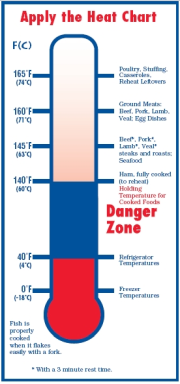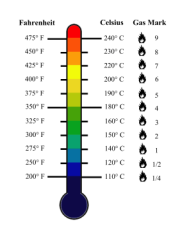Slow Cooked Lamb Shoulder

Serves 4
- 2 tbsp olive oil
- 2 tsp salt
- 1 tsp black pepper
- 1 onion, quartered (no need to peel)
- 1 head garlic , cut in half horizontally
- 3 garlic cloves , cut into slivers
- 8 sprigs rosemary
- 1 cup water
- GRAVY:
- 2 tbsp flour
- 2 cups beef broth (or 1 cup red wine + 1 cup water)
- Salt and pepper
- Preheat oven to 240°C/465°F (220°C fan forced).
- Rub the lamb with the olive oil, salt and pepper.
- Use a thin, sharp knife to make 12 incisions in the lamb, deep as you can but without piercing through the bottom of the lamb. (See photo in post and video
- Stuff bits of rosemary and garlic slivers into the holes (chopstick helpful!)
- Place the onion, halved garlic bulb and rosemary in the base of a roasting pan. Place the lamb on top. Pour water around.
- Cover with lid or tightly with a double layer of foil. Place in the oven, and TURN DOWN to 180°C/350°F (160°C fan).
- Slow roast, covered: Roast, covered with the foil, for 3 hours. (Note 1 for different sizes).
- Brown it, uncovered: Remove foil, check to ensure there's still liquid in the pan. If not, add 3/4 cup water (otherwise onion/garlic will burn). Turn up the oven to 220°C/425°F and roast for a further 20 to 30 minutes, until the skin is browned and crisp.
- Check if ready: By now, you should be able to part the meat with two forks - if not, just cover and return to oven at 180°C/350°F (160°C fan) until you can do so.
- Rest: Remove lamb from the roasting pan and transfer to a plate. Cover loosely with foil then a couple of tea towels and let it rest for at least 20 minutes, up to a couple of hours (after this, you may want to reheat).
- Serve with gravy (below). If you want to go all out, make Duck Fat Potatoes or Super Crispy Roasted Potatoes!
- GRAVY:
- Tilt the pan and use a spoon to remove all but around 2 tbsp of fat (try to avoid scooping out any juices).
- Place the roasting pan on the stove over medium high heat. Add the flour and stir to mix in with the fat. Cook for 30 seconds.
- Add the stock gradually and stir to combine. Use a potato masher to mash the onion and garlic, making sure that all the garlic squeezes out of the skin.
- Allow it to simmer for 1 to 2 minutes until it is just before your desired consistency (it will thicken a bit as it cools), then remove from the stove. Season to taste with salt and pepper, strain into bowl being sure to squeeze all juices out of garlic etc, then transfer into gravy jug.
Notes
- Lamb shoulder - not to be confused with lamb leg which is a leaner cut of lamb with different cooking qualities. For lamb leg, use this recipe - Slow Roasted Leg of Lamb. Shoulder is fattier and therefore juicier, and with better lamb flavour.
- Smaller lamb shoulder (around 1 kg) - cut down roasting time while covered by 20 minutes (doesn't change by much, shoulder meat needs a minimum time to breakdown);
- Boneless lamb shoulder - reduce covered cook time by 20 minutes. A 1.8kg bone in lamb shoulder will weigh about 1.3kg with the bone removed;
- Roasting potatoes - If you are making the Truly Crunchy Roast Potatoes, place the pan with oil in it in the shelf beneath the roast at step 8 i.e. when the lamb is being browned.
- Servings - a 1.5kg/3lb lamb shoulder yields about 700g/1.4lb of meat once cooked. This is because the meat shrinks while cooking, there's a giant bone running through the middle and a thick layer of fat on the surface that mostly melts.



